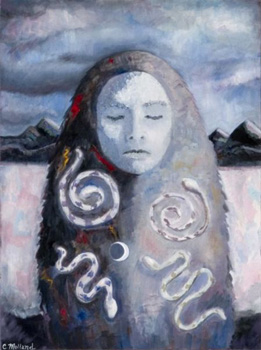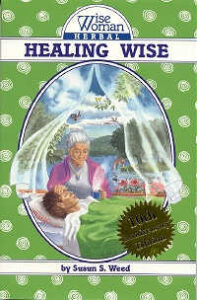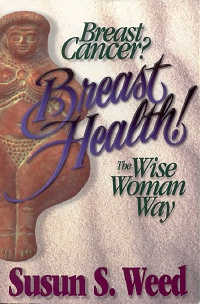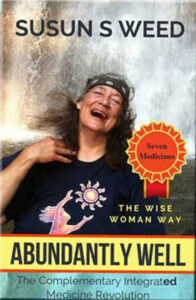I have a friend with a somewhat rare and weird skin condition called Lichen Sclerosus et atrophicus. It turns the skin white and you get these itchy scaly patches. Not dangerous, just annoying. They don’t know what causes it and she was told there is no cure. Her dermatologist just treats the symptoms with a relatively strong cortisone cream, which she plans to use only when absolutely necessary and in extremely minimal amounts. She’s been using olive oil and sweet almond oil to keep the itch down, but when it gets bad she knows that won’t work. It gets hard and scaley. Is there anything more natural you could suggest?
Karen Joy’s response:
Lichen sclerosus is not as rare as it was once deemed. It appears to be another label for a set of symptoms. Treatment perhaps is elusive since while many may present similar symptoms, the causes are as unique as each person it affects. It is most common with postmenopausal women and girls prepuberty. Men can get it as well. It is most common in the genital area but can show elsewhere.
A wonderful nourishing herb for those with skin conditions, especially the “mysterious” ones, is deep-digging burdock root. Drink 1-4 dropperfuls of burdock root tincture in a glass of water each day. Similarly, the roots of dandelion and yellow dock help some women.
If on the vaginal tissues of a postmenopausal woman, drink motherwort tincture (25 drops in a glass of water each morning) to help bring moisture and thickness to the vaginal walls.
Topically, if she is finding oils are helping to some level, she could try some herb-infused oils. Again, which herbs are best for her will be for her to explore. Plantain leaf oil is soothing for most, as is calendula flower oil. Comfrey root oil is healing to damaged tissues.
Cortisone cream is the common response by doctors to relieve symptoms, which it can do successfully, but does nothing to nourish the health of the tissue. Long term it has its own irritating effects, like thinning tissues and yeast overgrowth.
Comfrey leaf infusions taken internally can help support skin health and elasticity. The infusions can also be used topically on the skin, daily as a sitz bath if vaginal or anal tissues are involved.
While nothing life threatening seems to come of this condition, other than the fear that damaged tissues can be more prone to cancer, the toll it takes on our daily quality of life cannot be overlooked. The above suggestions take steps not only to help soothe the discomfort, but add to long term nourishment of the tissues to keep this from returning.
Some final thoughts to explore with your friend involve her diet and digestive health. It has been found that some dry itchy heated skin conditions respond well to increased good quality fats in the diet, and for some an increase in water. But the latter without the former may not be enough. There is also speculation that lichen sclerosus is an autoimmune response. Some have found that many automimmune conditions abate when digestive health is increased. This can be done with the root tinctures mentioned above—burdock, yellow dock or dandelion—and yogurt or other fermented foods to help increase gut flora.
Simply, focus on the skin’s overall health and all that supports it, internally, externally, with thoughts, actions, exercise, and fresh air and sun.
(apprentice to Susun Weed)
photos: Wise Woman Spiral ©iStockphoto.com / Chuck Spidell | Solitude ©2006 Catherine Molland












0 Comments